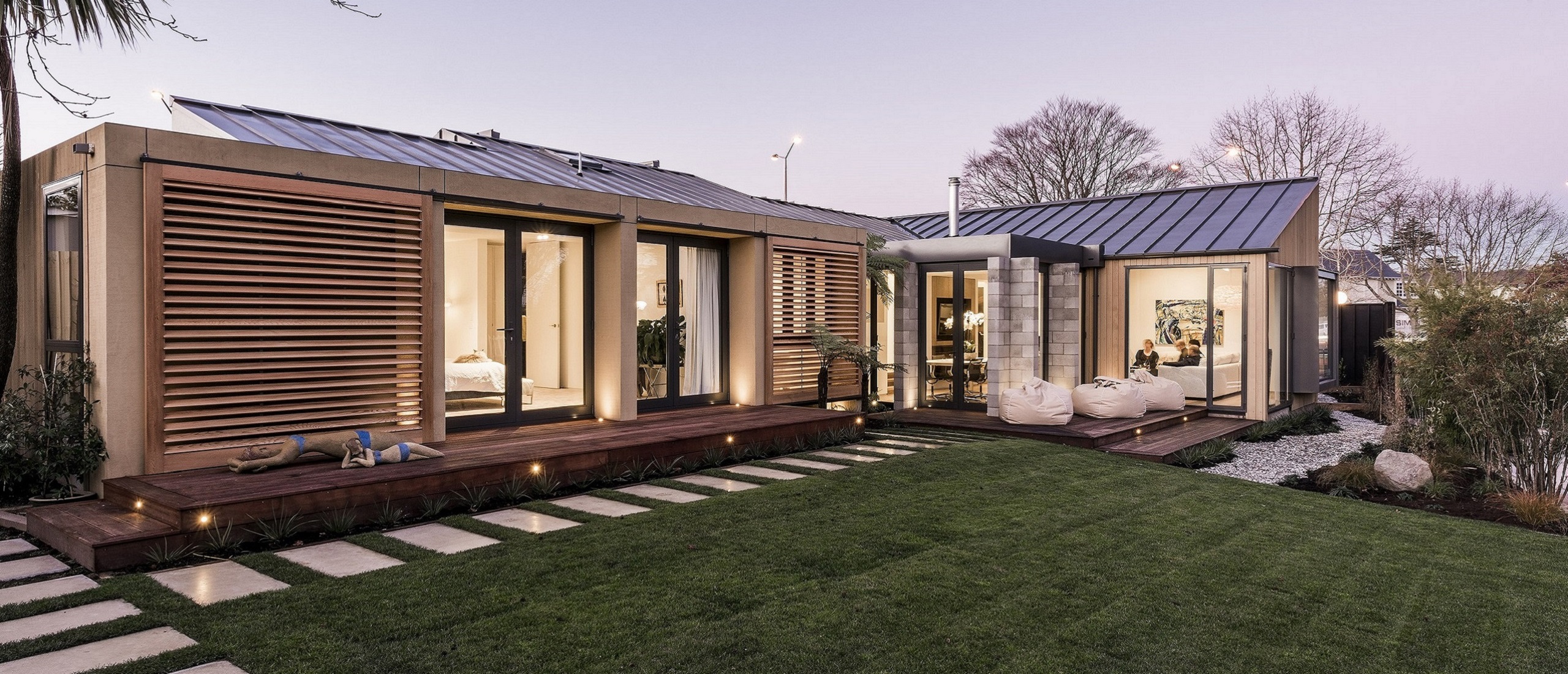With spectacular flowers in an array of unlimited color combinations, you are sure to find room for at least one azalea in your home or garden. Here are some tips and tricks to keep your azalea looking good and in top condition.
How to Plant and Grow Azaleas
Location:
Deciduous azaleas are best grown in cooler temperate areas with cold winters, positioned in full sun or partial shade with protection from drying winds. Evergreen azaleas prefer partial shade but can take full sun in warmer areas with adequate watering during hotter months.
Soil:
Azaleas require a rich organic acidic soil that is moisture-retentive but well-drained. Aim for a soil pH between 4.5 and 5.8. Mix sphagnum moss peat, compost, and pine bark into the soil to acidify it. Use pine bark mulch to keep roots cool. For pots, use a premium standard potting mix for acid-loving plants and keep well-watered during summer.
Planting:
Dig a hole that is twice as wide and as deep as the root ball. Place the azalea in the hole, ensuring the top of the root ball is level with the ground. Backfill with soil and water thoroughly.
Caring for Azaleas
Watering:
Keep the soil consistently moist, especially during dry spells. However, avoid waterlogging, which can lead to root rot. Mulching around the base helps retain moisture.
Mulching:
Apply a 2-3 inch layer of organic mulch, like pine bark or wood chips, around the base of the plant. This helps regulate soil temperature and moisture.
Feeding:
Use a controlled-release fertilizer specifically for azaleas and other acid-loving plants. Apply after flowering and again in late summer/early autumn.
Pruning:
Prune azaleas after they finish blooming in the spring. Remove dead or diseased branches and shape the plant as needed to maintain its form and encourage healthy growth.
Azalea Diseases
Keep an eye out for common pests like lace bugs and azalea caterpillars. Treat infestations promptly with appropriate insecticides or natural remedies. Ensure good air circulation to prevent fungal diseases.
Azalea Lace Bug: Found on the undersides of leaves, causing silvery mottling and decreased vigor. Treat with insecticidal soap sprays, horticultural oil, or Neem oil at the first sign.
Azalea Petal Blight: Occurs in cool, wet weather or with overhead watering during flowering, causing flowers to become spotted, limp, and slimy. Remove dead flowers in winter and apply a preventative spray from before buds color up until after flowering.
Additional Tips
Winter Protection:
In colder climates, protect azaleas from harsh winter winds and frost. You can cover them with burlap or provide a windbreak.
Companion Planting:
Plant azaleas alongside other acid-loving plants like rhododendrons, camellias, and ferns to create a harmonious garden environment.
By following this gardening guide, planting and care tips, you can enjoy the beauty of azaleas in your garden for many years to come. Happy gardening!




